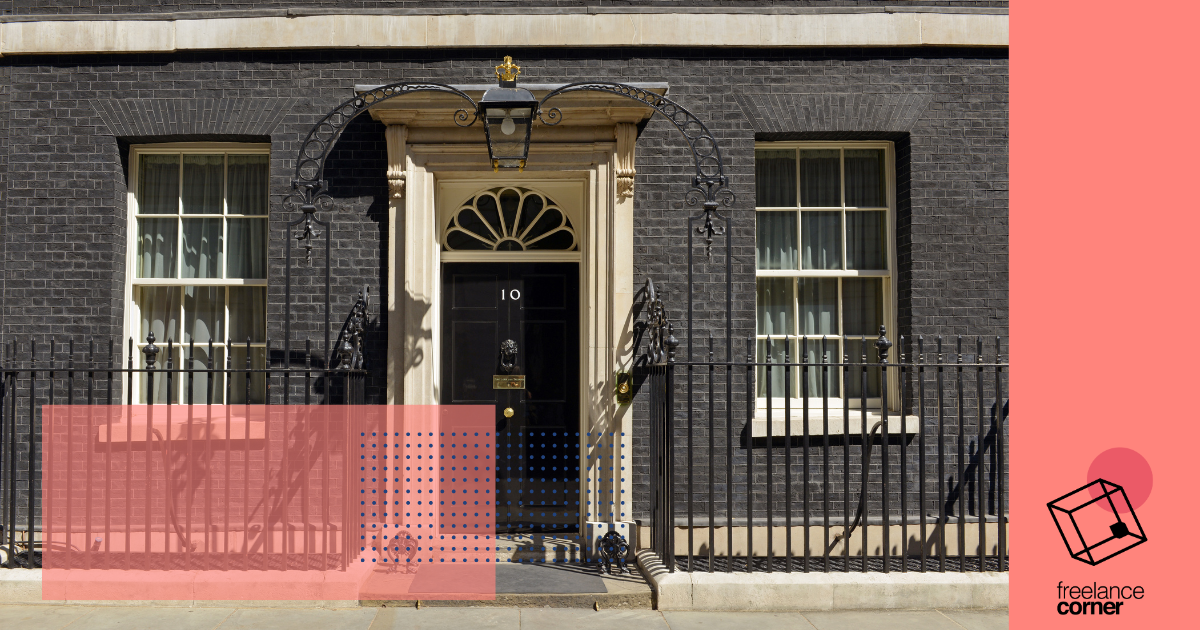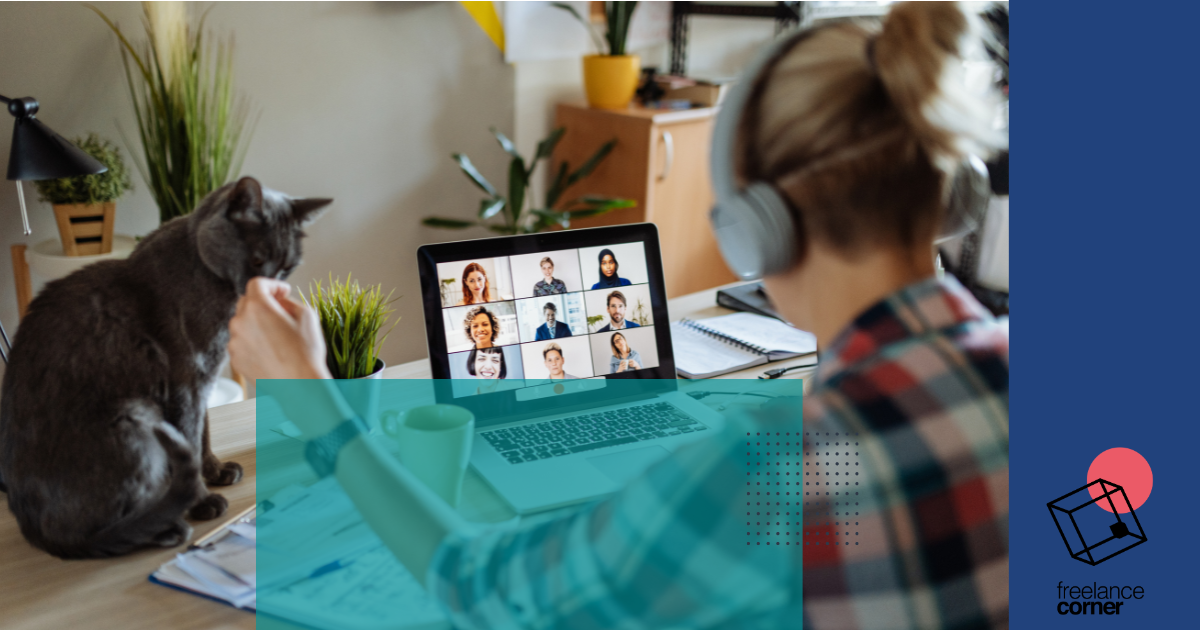If you’re looking for a full or part-time self-employed income and enjoy helping others, then why not find out how to become a freelance first aid trainer. It’s particularly suitable if you have experience from a medical profession, voluntary role, or potentially a military career.
But you don’t need specific healthcare experience to start training first aid courses. And being your own boss gives you flexibility, whether that’s choosing your location, hours, or if you want to subcontract to other companies rather than promoting your own business all the time.
You’ll need to invest a little time and money in attaining the required qualifications and buying some equipment, but the costs aren’t noticeably higher than most other self-employed professions. And knowing first aid is a useful skill in life, which can complement other freelancing careers (find out how to become a personal trainer or tutor).
- Why become a freelance first aid trainer?
- What qualifications and skills are required to become a first aid trainer?
- What equipment do you need as a freelance first aid trainer?
- How much can you earn as a freelance first aid trainer?
- More resources and support to become a freelance first aid trainer
Why become a freelance first aid trainer?
As previously mentioned, many freelance first aid trainers will come from a medical background, including the Ambulance Service or Nursing, and be looking for a way to choose their own hours and working conditions. If you’re previously been a paramedic or nurse, you’ll have relevant experience which adds value to your training.
But you might have also volunteered for organisations such as the British Red Cross or St John Ambulance, which can range from being a first aider at events to dealing with emergencies as a community first responder.
Or you may want to swap from an unrelated career, and want to start working in a self-employed role which offers benefits alongside a financial income. As with most freelance roles, you get more autonomy and flexibility over your work, but also the knowledge your training can potentially save lives.
The barriers to entry have also become significantly lower since the Health and Safety Executive (HSE) deregulated first aid training in 2013. And you don’t actually need practical experience of working or volunteering, as long as you complete the relevant teaching and occupational qualifications.

What qualifications and skills are required to become a first aid trainer?
You don’t need to have previous experience in the medical field to become a qualified freelance first aid trainer. While using your skills in the real-world will generally help you to stand out as a training provider, and enable you to deliver better courses, it’s not a mandatory requirement.
The first of the two qualifications you need will be in teaching and assessing, with the Level 3 Award in Education and Training being the most common, and taking around a week to complete.
But there are a variety of other options for suitable qualifications, with a selection listed by the HSE.
The second qualification will be to display occupational competency, with the requirement depending on what courses you want to teach. For example, the First Aid at Work (FAW) course will take three days (and needs to be renewed every three years), and will allow you to teach FAW, but you’ll need additional training and qualifications to teach paediatric first aid, or outdoor first aid.
The only training which is still approved by the HSE is for specialists on offshore installations. So when you’re looking at the courses offered by a wide variety of providers, it’s important to understand whether they’re offering a regulated qualification from an awarding organisation (Ofqual, the Scottish Qualifications Authority (SQA) or Qualifications Wales), a voluntary approval scheme, or via the three Voluntary Aid Societies recognised by the government (St John Ambulance, British Red Cross and St Andrew’s First Aid).
While your FAW qualification will need regular renewal, others may be valid for your lifetime, so it’s important to keep accurate records of when training and certifications need to be repeated for them to remain valid.
The skills you need will be similar to those for any tutor or coach, in that you’ll need to pass on information effectively to individuals and groups. Some of the good attributes to have include;
- Enthusiasm
- Motivational skills
- Patience
- Presentation skills
- Organisation
- Time management
You’ll also need an enhanced Disclosure and Barring Service (DBS) check, with further guidance available from the Gov.uk website.
What equipment do you need as a freelance first aid trainer?
There is certain equipment required if you want to start teaching first aid courses, in addition to standard business tools including a computer and printer. Supplies can often be bought new, or second hand, and in some cases, you’ll need a minimum ratio of equipment to course attendees.
The maximum number of people allowed on a first aid course is 12, and manikins can be shared by a total of four people, although having one per person will make teaching easier.
- Manikins – adult, child and /or baby.
- Bandages and dressings
- Flexi splints
- Training defibrillator
- First Aid Kit and Accident Book
- General hygiene items (gloves, wipes etc)
- General supplies (pens, extension leads for laptops and projectors, whiteboards etc)
You’ll also need to budget for costs including Public Liability and Professional Indemnity insurance, and you can find guides to cover for the self-employed on the IPSE website, along with discounts from providers for IPSE members.

How much can you earn as a freelance first aid trainer?
With any self-employed career, your income can vary a lot depending on your clients, working hours, location, and other factors. Any figures are offered purely as general guidance, but you can potentially earn a lot more, or less, depending on your level of success.
The average wage for a First Aid Instructor or Trainer is estimated at £17,514 (Indeed), £26,531 (Glassdoor), or £28,595 (Talent.com). Self-employed rates will be higher on an hourly or daily basis to compensate for the additional costs of equipment and freelancing.
If you’re freelancing for other first aid training companies, you’ll tend to earn a lower daily rate but this can mean you don’t have to supply your own equipment. And it can reduce the time you spend looking for clients, especially when you’re just starting out.
Options for increasing your income include making sure you offer a consistently high-quality service (to encourage recommendations and referrals), and developing your skills and qualifications in specialist areas which are in demand and offer higher rates from clients.
You can also look to increase enquiries from clients by investing time in marketing your business, or develop your negotiation skills to secure better deals for yourself. The IPSE advice section has lots of advice on how to improve your self-employed business.
More resources and support to become a freelance first aid trainer
- The Health and Safety Executive (HSE)
- Ofqual
- Scottish Qualifications Authority (SQA)
- Qualifications Wales
- St John Ambulance
- British Red Cross
- St Andrew’s First Aid
- IPSE
Researching other freelance careers? Why not check out our other guides:
- How to become a freelance photographer
- How to become a freelance web designer
- How to become a freelance writer
- How to become a freelance Virtual Assistant (VA)
- How to become a freelance SEO consultant
- How to become a freelance structural engineer
- How to become a freelance business analyst
- How to become a freelance event planner or organiser
- How to become a freelance coach
- How to become a freelance proofreader
- How to become a freelance bookkeeper
- How to become a freelance content creator
- How to become a freelance illustrator
- How to become a freelance hair stylist
- How to become a freelance recruiter
- How to become a freelance translator
- How to become a freelance editor
- How to become a freelance photojournalist
- How to become a freelance WordPress developer
- How to become a freelance music producer
- How to become an author
- How to become a freelance makeup artist
- How to become a freelance animator
- How to become a freelance photo editor
- How to become a freelance model
- How to become a freelance animator
- How to become a freelance photo editor
- How to become a freelance model
- How to become a freelance digital marketer
- How to become a freelance network engineer
- How to become a freelance chef
- How to become a freelance fundraiser
- How to become a freelance data scientist
- How to become a freelance tutor
- How to become a freelance graphic designer
- How to become a freelance accountant or financial consultant
- How to become a freelance interior designer
- How to become a freelance personal trainer
- How to become a freelance HR consultant
- How to become a freelance filmmaker
- How to become a freelance transcriptionist
- How to become a freelance game developer
- How to become a freelance video editor
- How to become a freelance project manager
- How to become a freelance musician
- How to become a freelance massage therapist
- How to become a freelance social media manager
- How to become a freelance 3D artist or modeller
- How to become a freelance AI prompt engineer
- How to become a freelance dog groomer
- How to become a freelance location scout
And you can get support and help if you’re starting out with self-employment, or still in the early stages of building your career, with the IPSE Incubator. The 12-month programme is currently free with IPSE membership, and includes advice, events, webinars, networking and more, tailored to anyone just beginning their freelance business.






